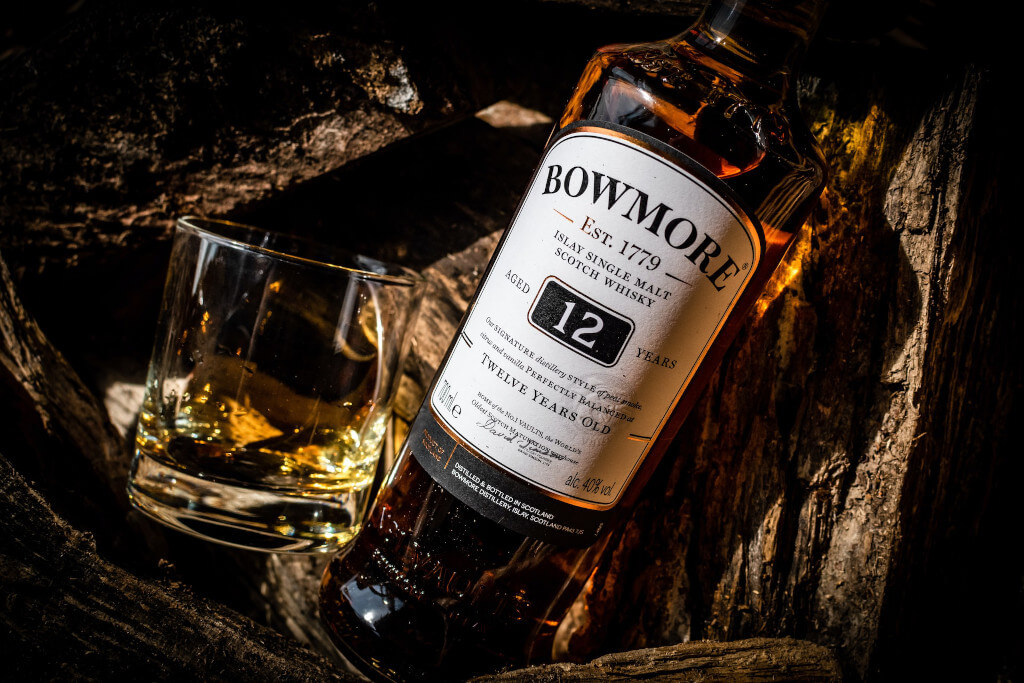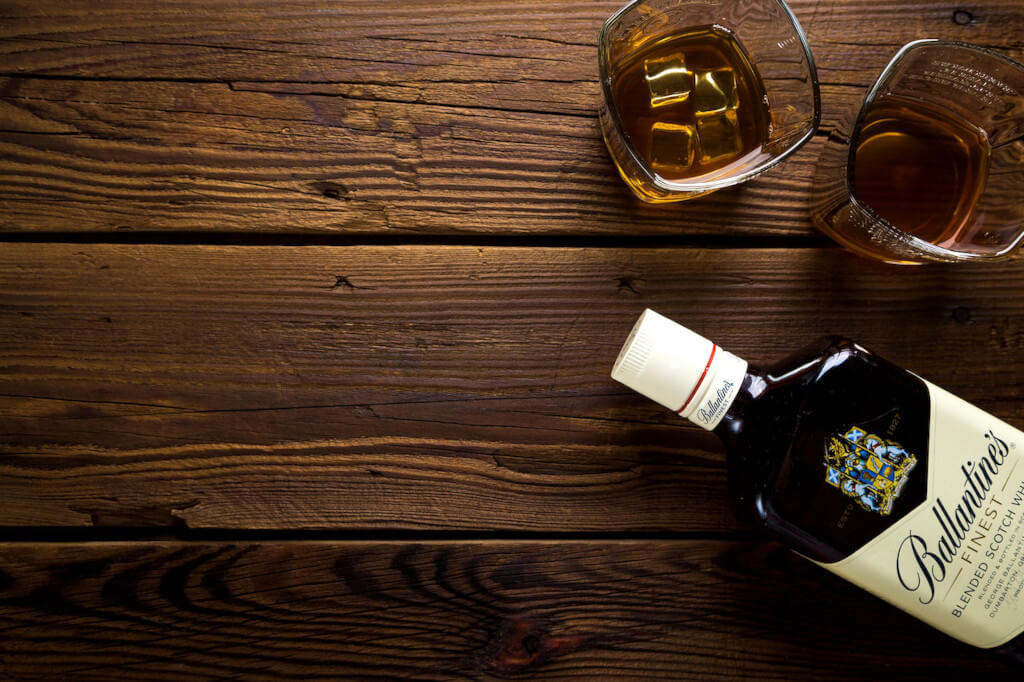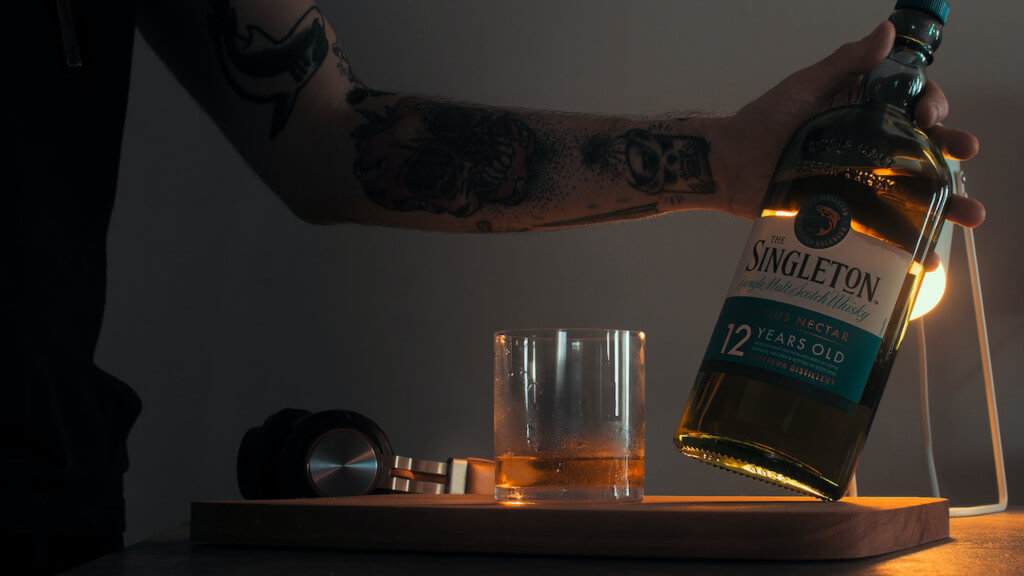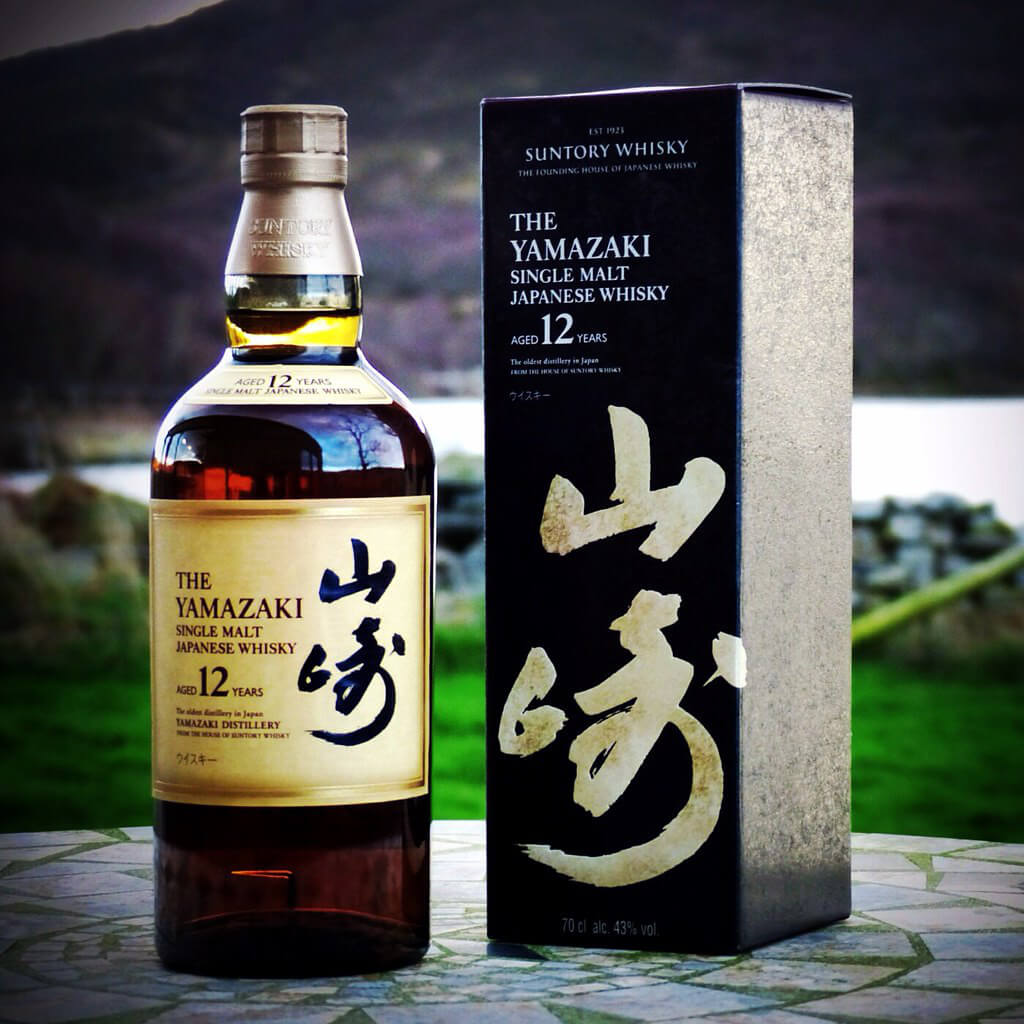What is Peated Whiskey?
Compounds generated by peat fires used to dry malted barley give peated whiskey its distinctive smoky aroma. The degree of this flavor is determined by the qualities of the peat as well as the duration and intensity of exposure to the peat smoke. However, where did this particular type of whiskey originate, and why is it suddenly so trendy?
Which Countries Produce Peated Whiskey?
Peated whiskey has traditionally been linked with Scotland, even though it is currently manufactured all over the world. Whiskey, like the land and wine it is made from, can take on unique characteristics depending on the peat’s origin. The Lowlands, Highlands, Speyside, Campbeltown, and Islay are the five primary locations of general whiskey production in Scotland. Islay is known for its peated drams. There is a wide variety of whiskey profiles and styles available from each region.
Just north of Scotland’s border with England is the Lowland region, home to some of the country’s smoothest whiskies. The flavor is typically mild, with hints of toffee, bread, and honeysuckle. This region’s whiskies are excellent foundations for blended Scotches due to their milder qualities, which frequently provide a fine balance to the smokier flavors of peat.
The Highlands are home to a wide variety of flavors and are renowned for their production of both light and full-bodied whiskies. It is the largest whiskey region in Scotland, however, peated whiskies are still in the minority there. Oban 14 and several Highland Park variants are just a couple of the interesting beverages you can try in this area.
Speyside
More than half of Scotland’s working distilleries are located in Speyside. Fruity notes and a hint of smoke are typical in whiskies from this region. Dried fruit and nutty undertones may become more pronounced in those aged in sherry casks. BenRiach’s The Smoky Twelve is a fantastic introduction to the style for those who have never tried it before thanks to its light smoke aroma.
Campbeltown
Peated whiskies from Campbeltown are known for their refined smoke profile, subtle mineral flavors, and bold personality. The largest of the Hebridean Islands, Islay is commonly referred to as the Queen Isle because of its prominent position off the southwest coast of Scotland. Its name may look deceptive, but you should pronounce it “eye-la” rather than “is-lay.” However, despite its relative isolation, the island is home to no less than nine active distilleries, making it one of the world’s most famous regions for peated whiskey.
The Ardbeg Distillery
This distillery is found on the Scottish island of Islay and is famous for producing high-quality peated whiskey. Islay is the home of many legendary whiskey producers, including Laphroaig, Lagavulin, Ardbeg, and Bowmore. Laphroaig, Lagavulin, and Ardbeg are each giant in their own right, but because of their proximity to one another, they are often referred to as the Kildalton Distilleries. With the reopening of numerous notable distilleries, including Islay’s oldest facility, Bruichladdich, the island has become a popular tourist destination. Some of the world’s most strongly peated whiskies, such as Laphroaig and Octomore from Bruichladdich, come from the renowned Islay distilleries.
Anywhere Else But Scotland
Japan, India, the USA, Taiwan, Sweden, and Australia are just some of the various countries that make their versions of peated whiskey. While the Yamazaki and Hakushu whiskies are heavily smoked, most Japanese whiskey styles are less smoky than their Scottish counterparts. However, the Ishikari River basin is particularly rich in peat, so its use is widespread throughout Japan.
Despite the lack of domestic peat resources, India is home to several peated whiskey labels such as Paul John and Amrut. Instead of using local materials, bricks, and peated malt are brought in from all over the world. Several American distilleries, including Seattle’s Westland Distillery, Texas’ Balcones, and Oregon’s McCarthy’s, have begun producing peated whiskey in anticipation of the country’s upcoming official single malt category.
The Meeting of Peat and Whiskey
During the malting process, the initial step in making whiskey, the peat plays an important role. In the malting house, the barley will begin to “shoot” after it has been soaked and spread out to dry. To prevent further sprouting, the grain must now be dried in the kiln. A peat fire is lit, and the smoke is allowed to make contact with the grain, drying it and imparting its signature smokiness. Producers of strongly peated whiskies dry their malt for at least thirty hours, and they typically use a longer drying time.
Producers will experiment with the ratio of peat to water and the length of contact time to get the appropriate peatiness. Some distilleries try to tone down the peaty flavor by using unpeated fires. Since there are so many peatlands in the Islay area of Scotland, that is where you’ll find the majority of the country’s distilleries that rely heavily on peat as a raw material.
How Do You Gauge the Amount of Peat in a Whiskey?
The number of phenol parts per million (ppm) indicates how much peat there is in a bottle of whiskey. Before being fermented into alcohol, the ppm levels in dried, peated malt are quite high. However, after distillation and aging, only about 30%-40% of the original peat level remains in the final whiskey.
Lightly peated whiskies have no more than 15 parts per million of peat, slightly peated ones have 20 parts per million on average, and extensively peated ones have 30 parts per million or more. The level of smokiness in your beverage of choice can be approximated by its ppm.
When Does Peated Whiskey Improve With Age?
All whiskey benefits greatly from a lengthy aging period. Peated expressions benefit from longer aging times because the phenols in the solution have more time to form bonds with other components. As a result, the smoke notes in the spirit lose their intensity, and the whole flavor profile changes.
Peated Whiskey Etiquette
If you want to sample peated whiskey for the first time, go with Lagavulin Islay Single Malt, which is aged 16 years. Peated whiskies are typically enjoyed neat or with only a splash of water to bring out their complex scents and flavors, as they span such a wide range of characteristics and intensities. Smoke can be overwhelming for newcomers, therefore it takes practice to learn to appreciate the subtleties with a whiff or steady sip.
Many mixed drinks are enhanced by the addition of smoky whiskey. Penicillin stands out as the most well-known thanks to its harmonious combination of blended Scotch, honey syrup, and lemon juice. The cocktail comes to life with a final float of peated whiskey.





